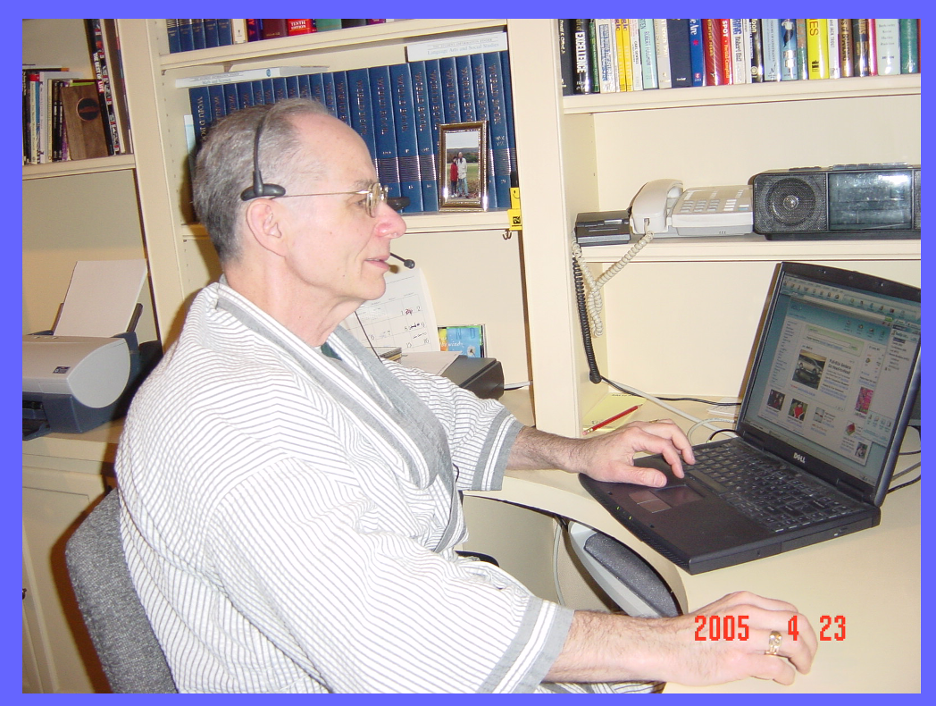Telephone focus groups and in-depth interviews
Editor’s note: Lon Zimmerman is a retired research practitioner, formerly of Zimmerman Marketing Research.
I retired too early (2018). This became apparent to me while reading “How the pandemic has changed digital qual,” an article written by Edward Appleton and Katharina Ladikas and published in the March/April 2022 issue of Quirk’s magazine, which discusses the challenges of conducting traditional face-to-face focus groups and individual in-depth interviews (IDIs) during a pandemic.
For almost 30 years, the bulk of my qualitative work was done using the telephone. Building on what George Silverman, credited as being the godfather of telephone focus groups (TFGs), taught and the way that technique evolved over the years, I would have been in a perfect position to continue hearing the voice of the marketplace.
The personal anonymity of telephone focus groups
In early days of TFGs, we had eight to 10 participants on a telephone conference call and we posed questions or propositions and elicited responses. Moderators encouraged participants to exchange views with one another and question what was being said, just as if we were sitting around a table talking together.
In the process, we learned that not seeing one another face to face allowed folks to speak straight to the point and not pontificate or try to impress one another – very little verbal or visual intimidation.
Given the positive atmosphere created by the personal anonymity of TFGs, I avoided using the “Zoom” techniques of today even when technology made it possible. I found a benefit from people not seeing one another and/or the moderator. They could concentrate on the discussion and not on their fellow participants.
Like Appleton and Ladikas mentioned in their article, our groups were geographically diverse – often 8 to 10 folks from 8 to 10 different states. I was even able to conduct groups in Europe and Australia right from my own home. And we were able to reach rural areas like never before. If a person had a phone, they could join our group and get paid for doing so.
Initially, when visual stimuli were required but technology wasn’t up to the task, we sent packets to each participant with instructions like, “Please do not open Envelope B until instructed during the group.” And we would hear them opening the envelopes when called upon to do so.
As technology evolved and folks at home or work could use computers and phones, we were able to show images on their screens. For example, we “walked” RV owners through proposed designs of a “next generation” motor home.
Polling the group was another plus. “Push 1 on your phone if you agree and 9 if you disagree.” “On a scale of 1 to 9, how well does this ad deliver the company’s promise?” Group members would respond without being influenced by the opinions of others in the group.
One of the thorniest problems for moderators is to “excuse” someone who is abusive or out of control. Doing so is disruptive, and sometimes causes others in the group to shut down. This is much easier to do with TGFs and online. With the click of a button, a disruptive respondent just disappears.
Our clients appreciated the technology. They saw benefits in being able to listen in to discussions from wherever they happened to be – at their office or at home, even when on the road calling on their customers or on vacation. And they were able to send moderators messages asking to probe this or that or add a question on the fly. Really slick!
Initially, clients thought they’d save money by not having the expense of a focus group facility. However, the cost associated with each participant having an individual T1 line balanced that out. But clients did save money by limiting travel expenses, and the format also allowed more of their team member hear the voice of the marketplace live.
On a personal level, it was great to be able to conduct groups and IDIs at times most convenient for all involved. Even late at night in my pajamas and robe.

